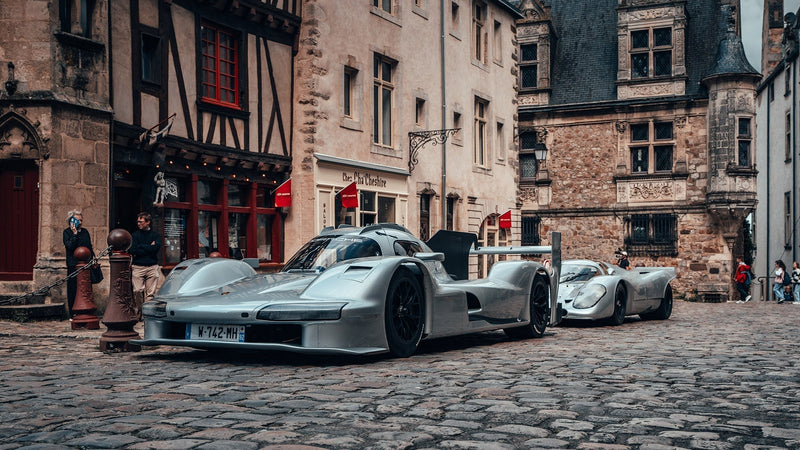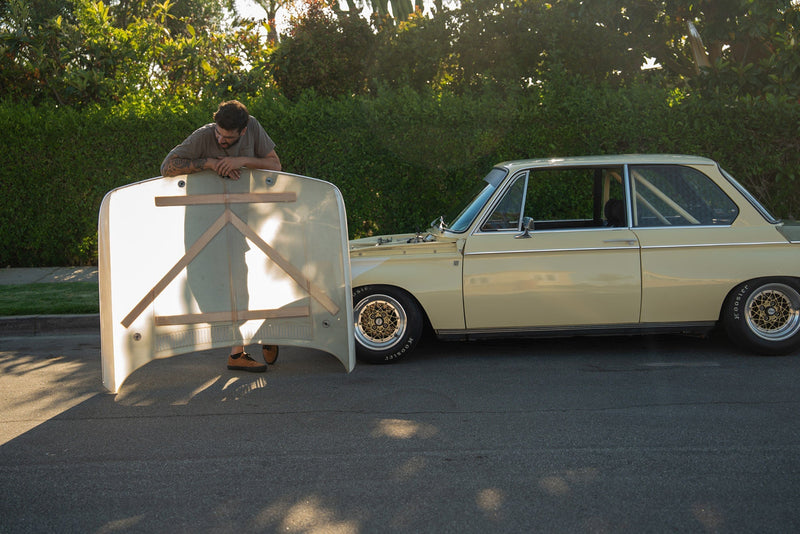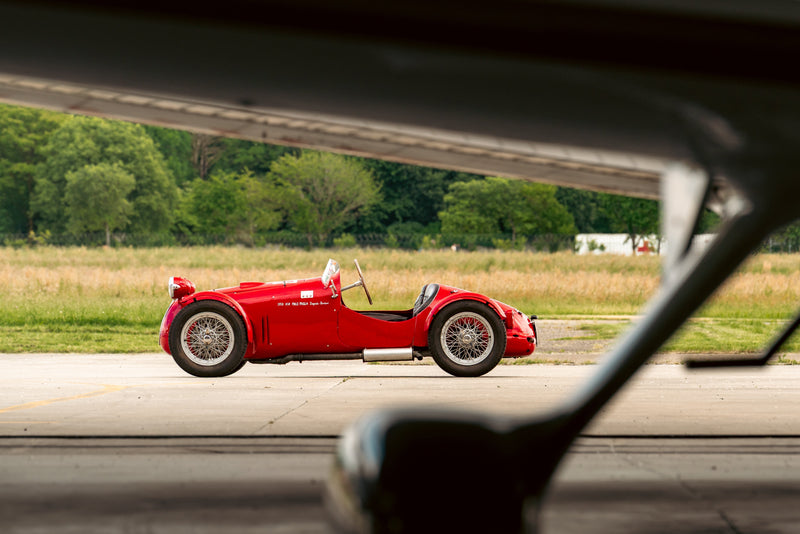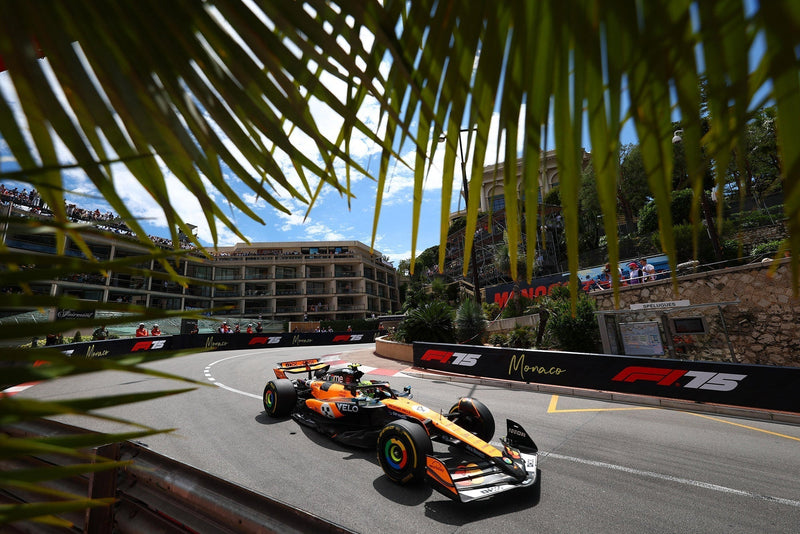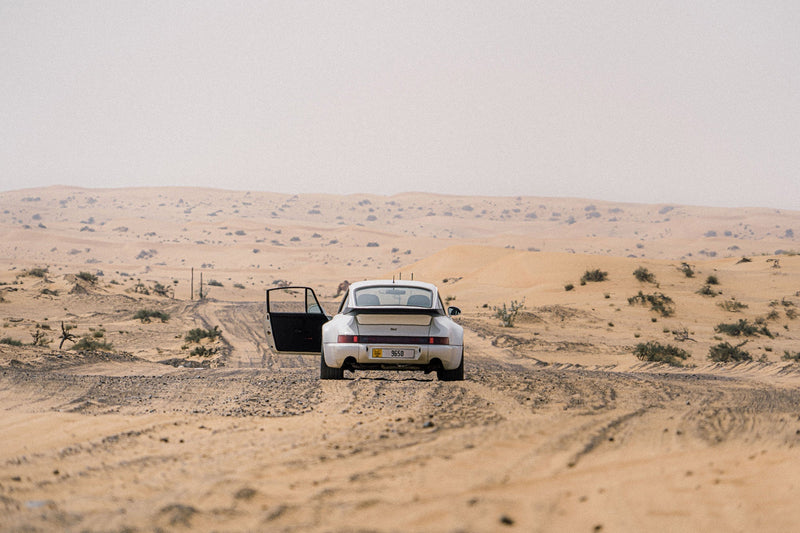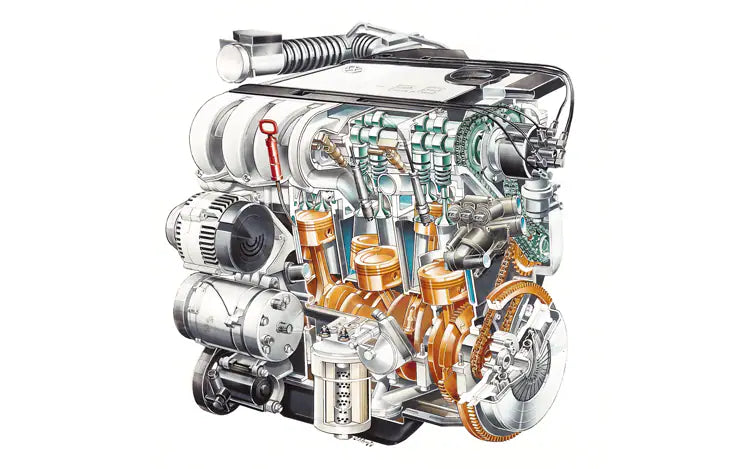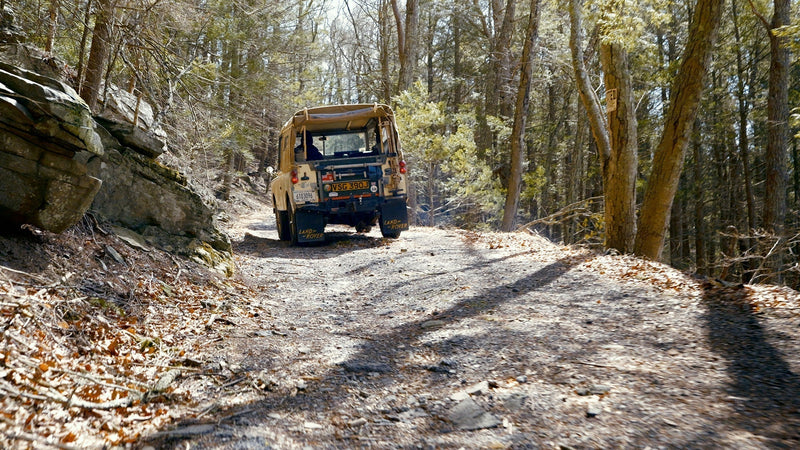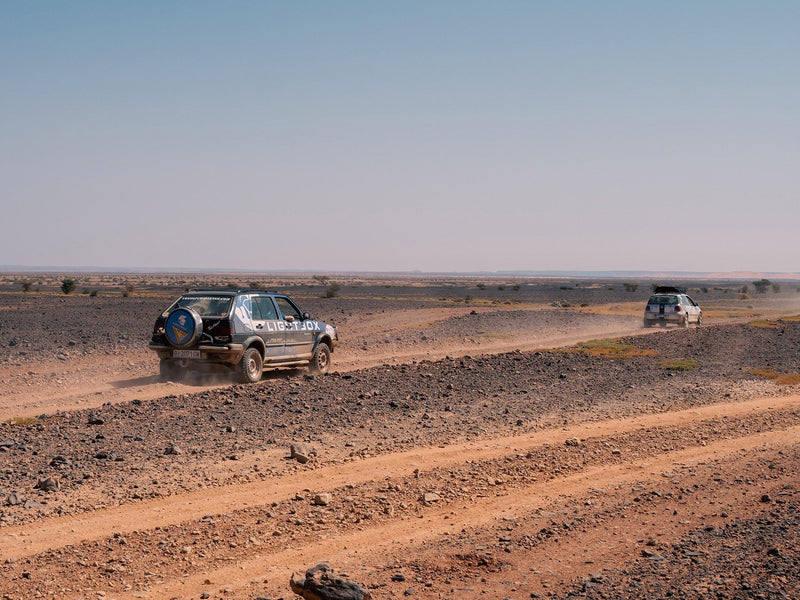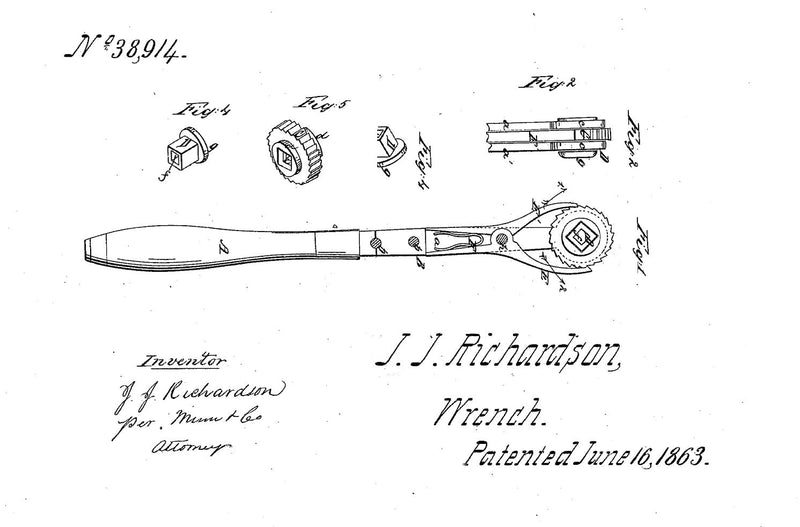Back in 1983, Group B cars entered the world of rallying and gained instant iconic status the moment those first flame-spitting, turbo-nutter-powered engines spun up all four (usually white) wheels to create a power shower of gravel, with the car streaking forward at breakneck speed.
Of all the manufacturers that participated in Group B, Peugeot Sport and its 205 T16—that dominated upon arrival in the sport—still stands the test of time as having an iconic racing livery. I still regard it as my favorite from the world rally series, so as much as I love the Group B cars from Lancia, Audi, and others, it’s the factory Peugeot colours I have chosen to write about in this edition of speed icons.
The brief I had was to not only write about the factory team car, but also look in to the regional differences, if any, that Peugeot may have run during the same era. Was there a completely different-liveried team car based in Africa somewhere? A Scandinavian ice rally team? Or even a maverick Aussie outfit? Well, through my research at least, I wasn’t able to find any evidence of this.
What I did discover though, totally contrary to the original idea, was just how wonderfully consistent Peugeot had been—not only in Group B, but over many formulas and years. Peugeot, for some reason unfathomable to me, never really quickly springs to mind as a great motorsport brand—an endless lineup of often middle-of-the-road production cars hasn’t helped—but that shouldn’t disguise the incredible motor racing history of the brand.
So let me remind you why Peugeot Sport’s livery is instantly recognisable.
Red, navy blue, yellow and light blue. Just four simple bold colours that when placed together to create a stripe or swoosh, scream ‘Racing’; such a simple band of colors transforms a car from a white box to a ready-to-rally rocket; the road cars that carried these colours are testament to that, particularly so during the ’80s and ’90s.
To go back to the first incarnation of the colours, we find the 504 rally car, this didn’t include the dark blue yet, and as a result doesn’t quite have the punch of the later design. It does, however, show the early potential of this branding direction, presenting a cleanliness like that of an international airline livery of that era. It’s only quite a few years later that the design found its most recognisable and suitable home, that of the 205 T16.
Proportionally, the design sat astride the 205’s compact shape perfectly. Like all great liveries, the designers have helped define the design queues of the car itself. The stripes on the hood pointed down to the huge air scoop intake, straight away making the point that the engine doesn’t live up front any more. The side graphics are only stuck over its wide arches, graphics which totally drum home an idea of the bulging, ravaging power within.
This approach also leaves plenty of space for number boards and sponsor logos, in fact, leaving the doors almost completely bare was a touch of genius, as all too often a great racing livery is spoilt as soon as a huge white, sponsor-adorned number plate is stuck all over it.
If that wasn’t enough, the design had another trick up its sleeve, an amazing ability to integrate with sponsored cars, dressed in totally different graphics. The Pikes Peak Pioneer-liveried 405 T15 was a perfect example of this, as were the yellow cars the company ran in Dakar, or the subtle stretch used for the company’s Le Mans efforts. The trick is still as impressive today with the latest Pikes Peak Peugeot, the 208 T16. In fact, getting your own colours to sit alongside such a busy livery as Red Bull’s really is a stroke of genius!
It’s very rare to find many factory liveries within the world of motor racing that have enjoyed such longevity. Add to that all the road car special editions, and you have the perfect way to keep that string of connection running through the company’s products—something every major brand strives for nowadays.
How long that red, blue, yellow and light blue string is…well, that’s anyone’s guess. I hope Peugeot Sport’s colors keep unravelling for a long time yet.







































